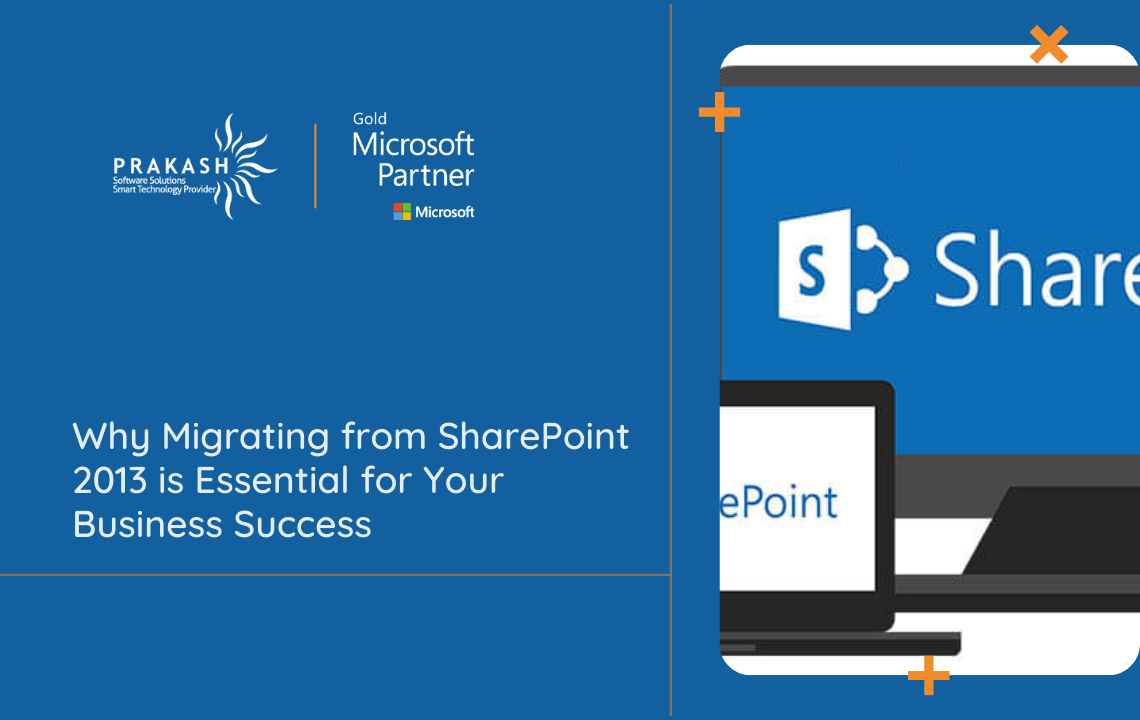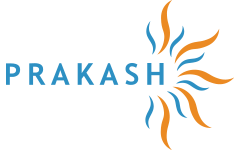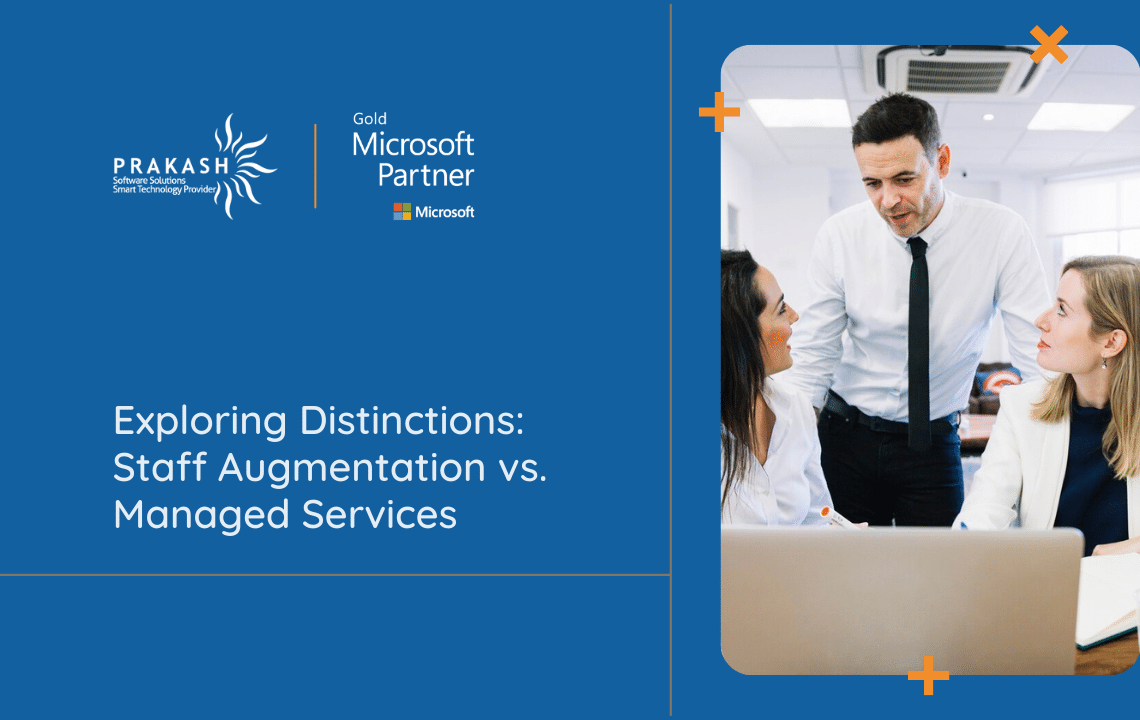
Why Migrating from SharePoint 2013 is Essential for Your Business Success?
SharePoint 2013 has been a reliable collaboration platform for businesses of all sizes since its release in 2012. However, all good things must end, and the same applies to SharePoint 2013. Microsoft has announced the end of mainstream support for SharePoint 2013, which means that after April 2023, businesses will no longer receive technical support or security updates for this platform.
This is a wake-up call for organizations using SharePoint 2013, as they need to plan for a migration to a newer version or risk running their business on an unsupported platform. This blog post will discuss why migrating from SharePoint 2013 is essential for your business success.
Security Risks
As mentioned earlier, after April 2023, Microsoft will no longer provide security updates for SharePoint 2013. This means that any vulnerabilities that are discovered in the platform will remain unpatched, leaving your business open to cyber threats. This can have serious consequences for your organization, such as data breaches, loss of confidential information, and reputational damage. Migrating to a newer version of SharePoint ensures your organization’s data is secure and protected from potential cyber threats.
Improved User Experience
SharePoint 2013 was designed almost a decade ago and lacks the modern features and functionalities of newer versions. Migrating to a newer version of SharePoint provides your users an improved user experience, allowing them to collaborate more efficiently and effectively. With newer versions of SharePoint, you can take advantage of features such as modern document libraries, improved mobile access, and easier sharing capabilities, making it easier for users to find and collaborate on content.
Support for Third-Party Integrations
As technology continues to evolve, it’s essential that your collaboration platform can integrate with third-party tools and applications. SharePoint 2013 lacks support for modern APIs and integrations, making integrating with other modern tools and applications challenging. Migrating to a newer version of SharePoint allows your organization to take advantage of modern APIs and integrations, making collaborating with external partners, vendors, and customers easier.
Stay Up-to-Date with Microsoft
By migrating to a newer version of SharePoint, you can take advantage of the latest features and functionalities that Microsoft offers. Microsoft is continuously innovating and adding new capabilities to its collaboration platform, making it easier for businesses to collaborate and communicate. By staying up-to-date with Microsoft, your organization can take advantage of the latest features and functionalities, keeping your business competitive in today’s fast-paced business world.
Simplify IT Infrastructure
Migrating to a newer version of SharePoint can help your organization simplify its IT infrastructure. With newer versions of SharePoint, you can use cloud-based solutions, such as Microsoft 365, which can simplify your IT infrastructure and reduce IT costs. With Microsoft 365, your organization can use a range of cloud-based tools and applications, including Exchange Online, Teams, and OneDrive, all of which integrate seamlessly with SharePoint.
Conclusion
Migrating from SharePoint 2013 is essential for your business success. It ensures that your organization is secure, takes advantage of modern features and functionalities, integrates with third-party tools and applications, stays up-to-date with Microsoft, and simplifies your IT infrastructure. If you’re still using SharePoint 2013, it’s time to start planning your migration to a newer version of SharePoint or Microsoft 365. Doing so ensures that your business stays competitive and collaborative in today’s fast-paced business world.



